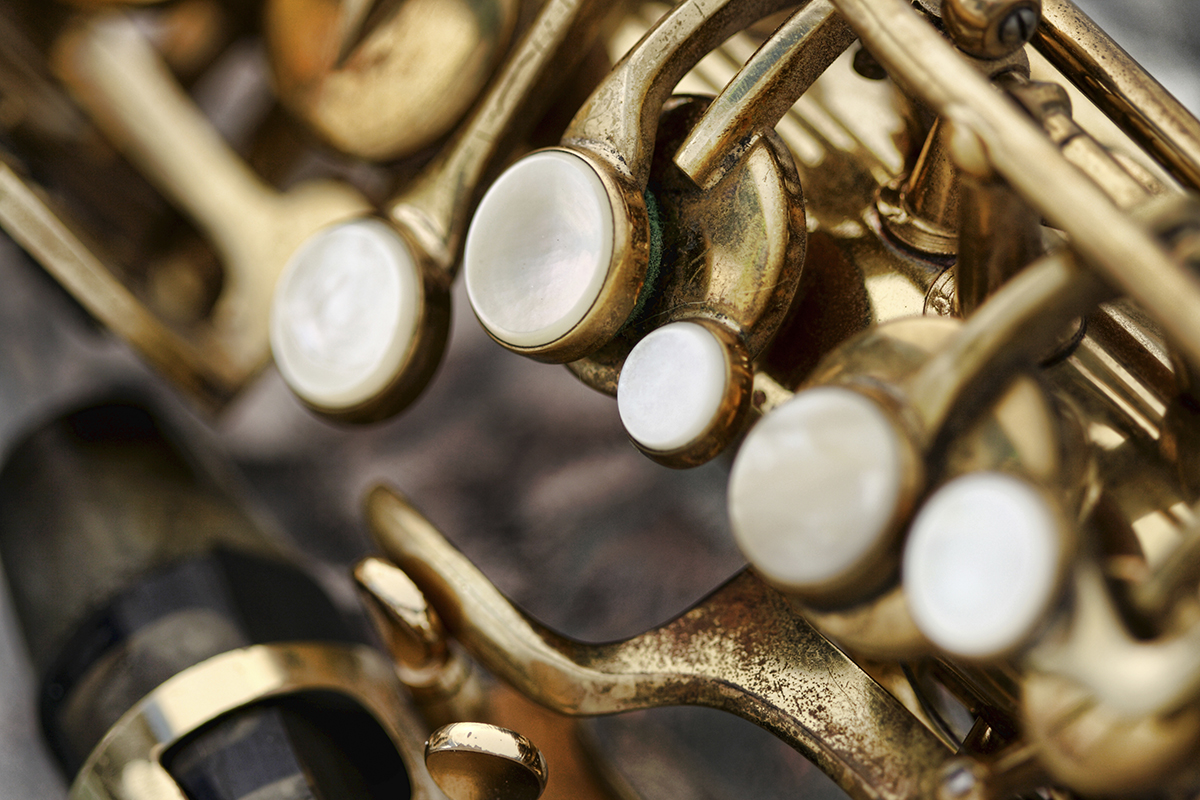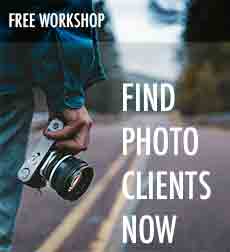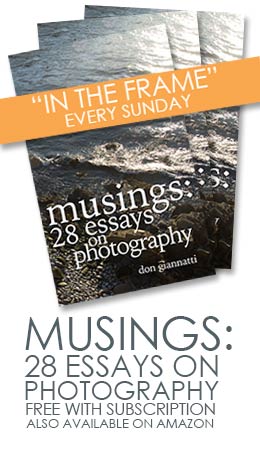[ REPOST FROM 2014. ]
JAZZ… with a camera.
Let’s start out by saying I love jazz. I love the swing, the blues, the instruments and most of all the improvisation of jazz. I listen to all kinds of music as well, from Opera to Country, but jazz is where I return to get my juices going.
Artists like Keith Jarrett, Bill Evans, Pharoah Sanders, Cannonball Adderly, Miles, ‘Trane, Monk, and Duke are mixed in with more modern players and some rather obscure tunes from the “free jazz” movement.
At the basis of jazz is improvisation. This is where one of the players is featured playing a melody over the rest of the band who may be playing a simple background. In most situations, this melodic tune is improvised… made up on the spot. The player may be reacting to something that was happening in the rhythm section, or responding to the chord changes with a free flowing melodic interpretation of the original tune.
There is usually an original tune. The whole band will play that in a practiced, orchestrated manner… then the “jazz” takes over when the soloist goes out to play his lines.
I think that is just what happens when we make photographs. The photographer is the soloist once the base (background/ambience) has been established.
A few rules apply to being able to know how to solo.
The first of which is you must know your instrument so well, that you are not thinking about how to play it, you are only thinking about the music coming forth from it. The actual operation of the instrument is now so second nature that you are hearing the music around you, and simply adding your voice.
Being a photographer means knowing that camera so well, that the operational struggles are far behind you and all that is being thought about is the image. What you need to do to make that image should come nearly second nature to you.
Aperture / shutter speed / ISO – it is all related to the creation of what you see in your head, and it simply should flow from fingers to camera to vision.
When I meet photographers who do not know the reciprocals, or how to light for beauty or which lenses do what, I know they are not ready to solo yet.
A Quick Test
You should be able to answer these questions instantly:
1. ISO 100 is how many stops different from ISO 650?
2. If the ambient light is f5.6 @ 1/250th, what would the strobe have to be giving to be one stop brighter than the ambient?
3. In a dark studio with a flash, which shutter speed will freeze the hair more? A=1/200 / B=1/60 / C=Not Applicable
4. What is the Sunny 16 Rule?
5. According to the Inverse Square Law, would we get twice as much light when placed at half the distance to the subject or 4 times as much light?
6. If you have an exposure reading of f5.6 @1/500 at ISO 400 – which of the following is a reciprocal value of that reading? A – f11 @ 1/60 at ISO 400? B – f4 @ 1/500 at ISO 200? C – f8 @ 1/2000 at ISO 800?
In a dark and noisy room, can you quickly – without looking – make these changes to your setting? 1. Change ISO? 2. Change Shutter Speed? 3. Change Aperture? 4. Format a card? 5. Change from Aperture Value to Manual?
Quick… does your lens turn counter clockwise or clockwise to focus from close to infinity? There are more… but you get the idea.
Answers
1. 2 2/3 stops faster.
2. f8
3. C Not Applicable. The hair will be lit by the strobe duration which is much faster than either of the shutter speeds.
4. Sunny 16 rule is F16 at 1/ISO for shutter speed. Side light open one stop – f11 Back lit open two stops – f8 – f5.6 depending on bounce from ambient.
5. 4 Times more light (two stops)
6. B – f4 @ 1/250 ISO 200
Thanks for playing… heh.
And soloing is where it is at, friends.
Being so confident in your gear that you forget all the operational buttons and switches and thinking about this or that or somethign else… you just create. Making the images you love because you are totally focused on that instead of being distracted by trying to figure out what ISO you should be using (reciprocals will help with that).
Imagine how difficult it would be to start to make up something in your head to play right now, while trying to remember the fingering for the GMajor scale… impossible.
Now imagine you are shooting a location shot and the shadows are coming up too deep. Do you know how deep they are coming up? Do you know how to fix them – fast? Will a shiny board be too much, or a white board be too little? Would a second flash create more highlights than you want or is there another solution? There are many solutions, you know.
Knowing what each one does, quickly, is jazz with lighting.
Improvising. It is one of the most important traits of a commercial photographer. Why – because things rarely go as planned.
We all know about backups and backups for the backups… you don’t go out with only four extra AA’s, right? We have backups that backup the backups on some gigs.
Extra lights, extra flashtubes, extra stands*, extra sandbags… everything in mutliples.
But the most important thing we have for backup is between our ears – the talent we have with a camera, the knowledge we have of the craft we work in, and the ability to spin on a dime and give change. THAT is what multiple backups are about.
Thinking of possibilities, seeing challenges instantly, and starting to work on how to fix them before anyone else even thinks about them. Keeping a crew motivated in 115 degree heat, while shooting under a dark cloth, and having the background slowly move to shadow because the AD couldn’t make up their mind in time for the shoot to be done in the frame you had… dancing like a fool to keep it all together.
That’s jazz, man.
Shooting a headshot and changing the angle of the light because it brings out the subjects eyes more, or creates a wonderful shine on the side of her hair, while instantly knowing that now you need more fill from the bottom pull up the card, and bring in the shiny board for some more bounce from behind… and all of this happening while you are working with the model, giving directions to both her and the crew and finding those moments where she looks great… click… click…
That’s jazz, baby!
And when the shoot is wrapped, and the AD is ecstatic, you ask for another chorus… just a bit more time to loosen up, slide outside of the chords and play in some registers that don’t get much attention. Move the light, swing in the boom… a chorus of changes happening right before your eyes… experimenting with the light, pushing the boundaries of composition, MAKING something new and so outside of the box that there ain’t no box… I don’t see no box… shut up about the box.
Yeah… that’s jazz too.
So how are you going to prepare to get to that solo? Some tips:
- LEARN to use that camera and KNOW how to do it with your eyes closed.
- Practice, practice, practice.
- Experiment. Once you KNOW you have the shot, try new and wild things… or even new and mild things. But step out and try something different… and if it works, you now have what jazz cats call a ‘riff’ you can spring when you need it.
- Work on your visual style with every shoot you do.
- If you do not have a visual style, ask yourself why not and look back at your work to see if one is beginning to appear.
- Push everyone around you to be the best they can be. Push yourself twice as hard.
- Improvise on a theme. Using a model friend, a bud, or some great props, play with the light. Build upon your knowledge… this is improvisation in the practice room. Safe.
- USE what you find is useful. Never remain inside the box others have built for you.
- “Stretch out”… what we call it when the soloist takes more than a couple of choruses… similar to improvising on a theme, this is more long form… a subject, story, journal.
- Inspire yourself with art you may not see or listen to often. Do not become encapsulated in one thing. Listen to all kinds of music, view all kinds of art and photography – EVEN, no ESPECIALLY if you don’t like it or understand it. Inspiration comes from such explorations… it really does.
Some of my faves include:
I listen to this when I am editing… Love this album.
The music you hear is totally and completely improvised on the spot.
And this classic Miles tune… it set the tone for a decade of new jazz
Music is one of the main inspirations I have in photography. I hope you will think of music and photography in a new way now as well.
*I should note that there is no such term as “too many stands”. One will always need one more stand than one has at any given time on any given set. It’s science, don’t argue.






Another “best of” – thanks Don!
Thanks Wolfgang! Appreciated.